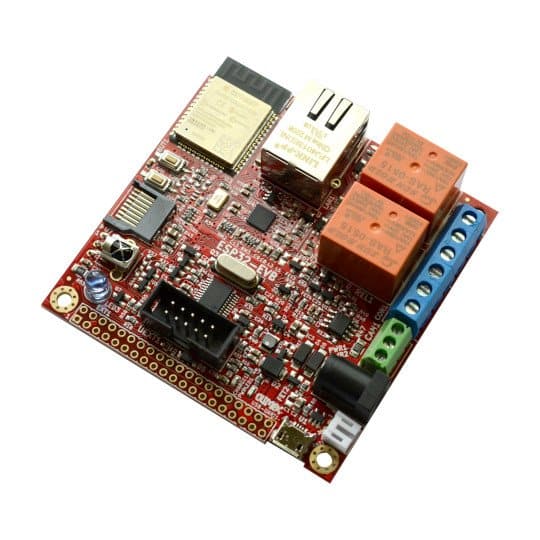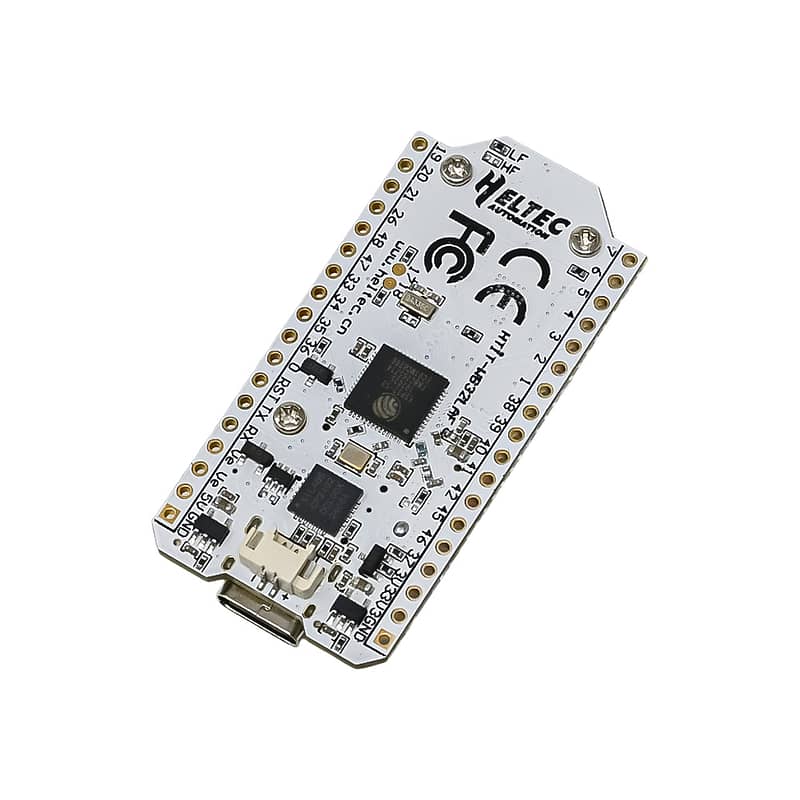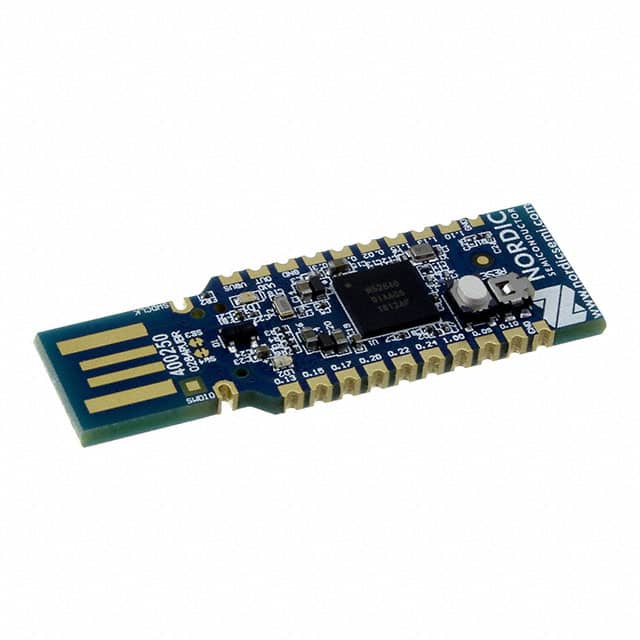
You don’t need to be a data scientist to feel the shift happening in agriculture. Walk onto a well-equipped farm today, and you’ll see it. Drones buzzing overhead. Sensors buried in soil. And software on tablets that can tell you, almost to the square meter, where your crops are thriving or struggling.
AI in farming isn’t just a flashy add-on. It’s becoming the core of how decisions are made. And while it might sound futuristic, it’s already woven into the daily rhythm of some farms. From moisture sensing to laser-guided weed control, the tech is helping farmers make faster, better-informed decisions and save money in the process.
Take irrigation, for example. On one test plot in California’s Central Valley, sensors tracked moisture levels hour by hour. That data then fed into an AI model, which automatically adjusted the drip system. No one had to guess if the soil was too dry or too wet. The system just handled it. The farmer reported a nearly 30 percent reduction in water use, and more importantly, a noticeable yield increase. That combination translated to thousands of dollars in operational savings and stronger revenue per acre. In his words, “The ROI became clear in just one season.”
Weeding is another area where AI is quietly transforming operations. Carbon Robotics builds autonomous weeders that use high-powered lasers to eliminate weeds without disturbing crops. A grower near Yakima who adopted the technology eliminated herbicide spraying altogether for the past year. He estimated tens of thousands saved annually on chemicals and labor, while also boosting soil health. His ROI? Less than two seasons to pay off the investment, plus branding benefits for going herbicide-free.
At the smaller scale, platforms like Farmonaut are giving family farms access to satellite imaging, crop health analysis, and early disease detection, no fancy hardware required. One farmer in Punjab shared how the app flagged a fungal issue in his wheat field days before visible symptoms appeared. That early alert helped him act fast and protect an estimated ten percent of his crop, effectively preserving a significant chunk of revenue. For him, the low subscription fee on Farmonaut returned its value many times over.
Still, this isn’t a silver bullet. A farmer in Ontario mentioned how a heavy storm knocked out several of his soil sensors, confusing his dashboard’s AI logic. It took him hours of field checks and software recalibration to correct the error. Another producer in Texas shared how her AI system, which relies on satellite syncing, lags during peak season due to bandwidth issues. Her workaround involves offline batch updates before hitting the field. It’s clunky, but manageable, and a reminder that ROI doesn’t mean perfect; it means net positive.
These limitations underscore the fact that AI in agriculture isn’t “set it and forget it.” It works best as a partner, not a replacement. As one grower in Iowa put it, “It’s not here to farm for you. It’s here to help you farm smarter.”
The field isn’t empty of competition, either. Traditional precision ag services, large equipment manufacturers like John Deere’s See & Spray system, and smaller sensor-based startups all compete in this space. Critics argue that AI tools can overpromise or depend too heavily on data connectivity, especially in remote regions. But many growers who’ve made the switch say that with proper onboarding, the payoffs are too good to ignore. One farmer put it bluntly: “If it saves me an hour and a hundred bucks every day, I’m in.”
Bottom line? Whether it’s irrigation efficiency, input reduction, early warnings, or time saved, AI tools are driving measurable ROI across the board. What used to be trial and error is now data-backed strategy.
References:
- https://farmonaut.com/precision-farming/agriculture-and-artificial-intelligence-2025-ai-farming-trends
- https://igrownews.com/ai-in-agriculture-the-future-of-smart-farming/
- https://www.fjdynamics.com/blog/industry-insights-65/artificial-intelligence-farming-354




